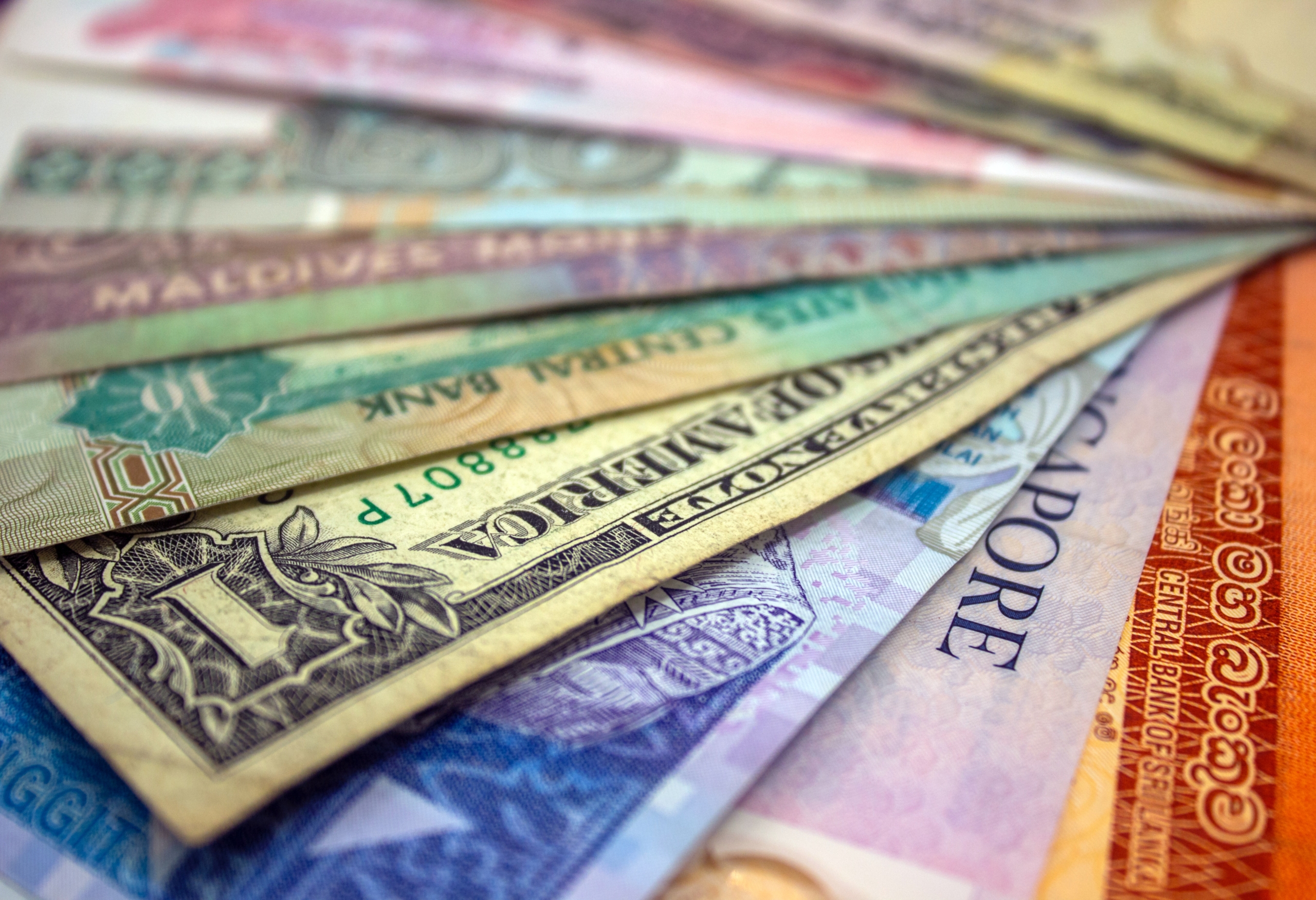Singapore Green Jet Fuel Levy on Travellers Ignites Funding Debate
Dollar Strengthens Ahead of Inflation Reports, Euro Faces German Industrial Woes

The US dollar saw a cautious rise on Monday, recuperating from a recent dip after a mixed U.S. jobs report last Friday momentarily drove the American currency to a one-week low. Investors have now shifted their attention towards impending inflation data from the two global economic powerhouses, the United States and China, in the coming week.
Meanwhile, the euro grappled with a decline following the release of data revealing a more pronounced drop in German industrial production for June than initially anticipated. This highlighted the hurdles confronting the manufacturing sector amid an economic downturn within the largest economy in Europe.
Despite Friday’s job data shortfall in the U.S., which indicated a lower-than-expected number of jobs added in July, the dollar regained ground from its previous dip. This was partially due to encouraging signs of steady wage increases and a decline in the unemployment rate. Analysts suggest this might imply a prolonged period of higher interest rates by the Federal Reserve.
As anticipation builds for the release of U.S. inflation data later this week, market expectations point to a 4.7% rise in core inflation on a year-on-year basis for July. Chris Weston, Pepperstone’s Head of Research, noted that while the labor market in the U.S. appears to be cooling down, it remains relatively stable. Weston emphasized that the U.S. dollar could remain robust against its counterparts, given the country’s robust growth and a central bank that remains heavily data-dependent.
In Europe, the euro fell by 0.3% against the dollar, reaching $1.0980, as concerns about Germany’s weakening industrial sector and potential implications for the broader euro zone economy weighed on the single currency. Jane Foley, Head of FX Strategy at Rabobank, highlighted the potential impact of Germany’s industrial challenges on European Central Bank (ECB) interest rates, suggesting that they might have already reached their peak.
Additionally, the week ahead holds significant economic data from China, where traders eagerly await the July inflation figures. Given recent indications of stalled consumer price growth in June, concerns about deflation in the world’s second-largest economy have emerged. MUFG analysts predict that China’s headline Consumer Price Index (CPI) could register deflation, underscoring the ongoing soft recovery narrative. While the yuan hovered near a two-week low against the dollar, analysts remained hopeful that continued support from the Chinese government could buoy the currency.
As the financial landscape evolves, the Japanese yen experienced fluctuations, dipping 0.4% against the dollar to 142.28, following a one-week high of 141.52 during Asian trading. A recently released summary of opinions from the Bank of Japan’s July meeting indicated discussions about sustained inflation, with one board member suggesting that wages and prices might continue to rise at an unprecedented pace. Meanwhile, the British pound faced its own challenges, falling by 0.18% against the dollar to $1.2729. This decline came in the wake of the Bank of England’s decision to raise interest rates by 25 basis points, marking its 14th consecutive increase but signaling a slower pace of monetary tightening compared to its previous meeting.

